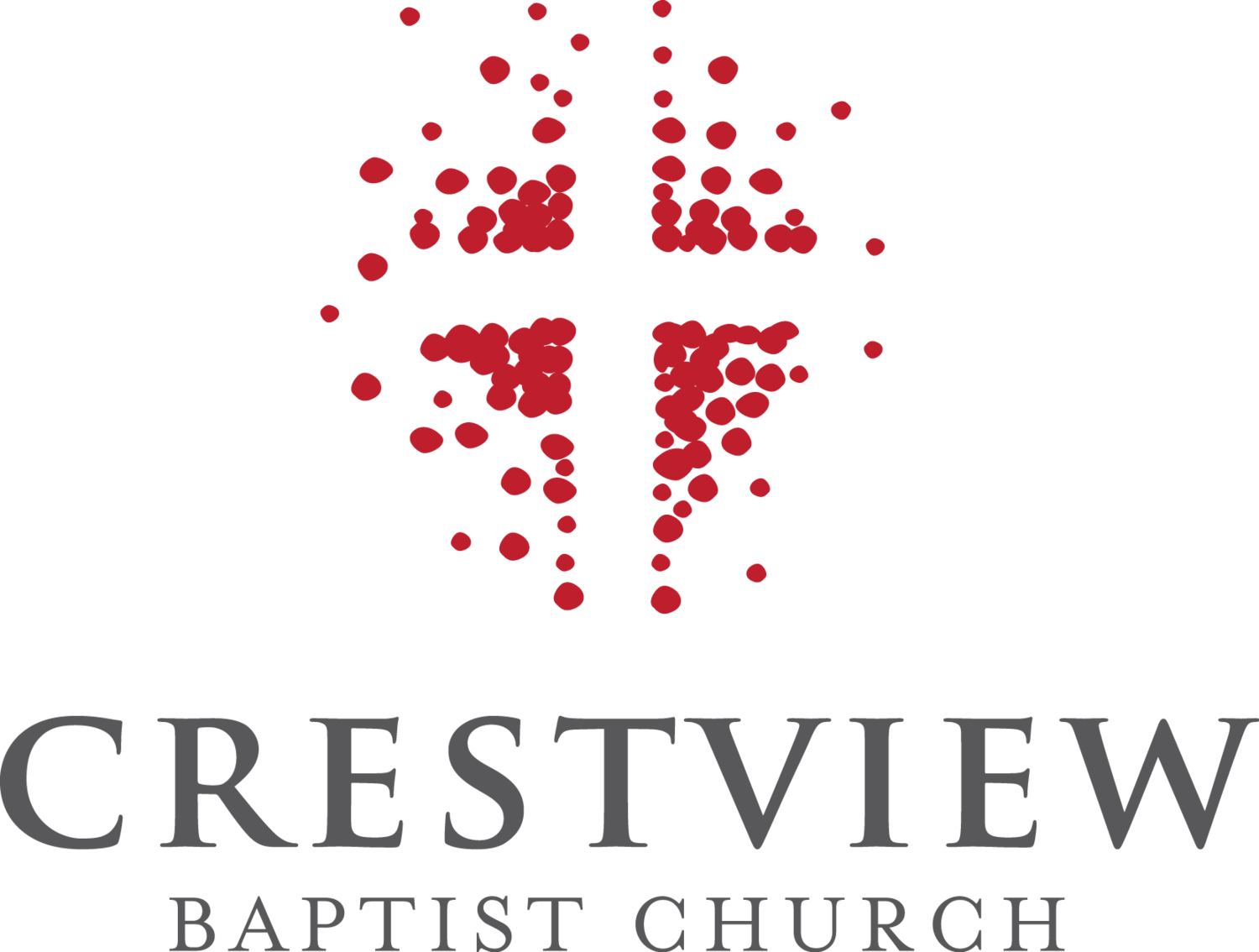Earlier posts in this series:
When Crestview was covenanted in 1957, the members used the New Hampshire Confession of Faith (1853 version) as the church’s doctrinal statement. Today, the church uses the Baptist Faith and Message 2000. When and why did the church change? Over the last few weeks, I have been asking long-time church members this question and looking for answers in the church's records.
BFM 1963
At the 1963 Southern Baptist Convention meeting in Kansas City, Missouri, messengers adopted a revision of the 1925 BFM. By 1982, perhaps earlier, Crestview was using the BFM 1963 as its doctrinal statement, according to the constitution and bylaws dating from that year. Connie Otis related that Pastor Ed Sission was keen on using the doctrinal statement recognized by the national and Georgia conventions because of his concern about the growing influence of liberal theology. The change to the BFM 1963 marked the first modification in Crestview’s doctrinal statement.
BFM 2000
By 2004, the church updated its doctrinal statement a second time. When Southern Baptists convened in Orlando, Florida, during the summer of 2000, they strengthened the BFM to reflect the growing conservative convictions of the convention. In the wake of this update, theologically moderate SBC churches kept the 1963 version or withdrew fellowship entirely. Conservative churches, marked by their belief in the inerrancy and sufficiency of Scripture, affirmed the BFM 2000. Crestview’s adoption of this new version of the BFM was a substantial, if non-controversial, move by the church. Several members related to me how the church gladly and peacefully received the BFM 2000 without rancor or division. Such was not the case in some SBC churches during that period.
Lessons to Learn
We may draw three lessons from this history. First, doctrinal statements need periodic updates. The Bible does not change over time, but the challenges the church faces do change. The worlds of 1853, 1963, 1982, 2000, and 2025 are vastly different.
Second, because Crestview’s doctrinal history has tended to follow the influence of the SBC, our church has shared the strengths and weaknesses of the BFM. The BFM has many strengths, but one of its weaknesses may be that it is a consensus document for a convention made up of thousands of churches. The primary purpose of the BFM is to give doctrinal guardrails for SBC entities and to identify cooperating churches. A consensus statement of faith may not provide the precision a local church needs. I am not suggesting that a local church should not use the BFM, but when using it, a church should not be surprised to find itself navigating diverse convictions on various issues among its members.
Third, we have changed it in the past, so we ought to expect Crestview’s statement of faith to change in the future. As I monitor controversies at the national SBC level, I am surprised at the unorthodox interpretations that some contend are within the boundaries of the BFM 2000 (like egalitarian leadership and open communion, to name two). I suspect a new BFM update may be on the horizon in the next decade (perhaps sooner than later). As a church, we must remain steadfastly committed to "the faith that was once for all delivered to the saints" (Jude 3). We must not compromise biblical fidelity. However, we may need to update our statement of faith occasionally to address new challenges in this sinful, fallen world faithfully. Thankfully, the Lord has given us his Book to guide us.
For His Glory,
Pastor Thomas

